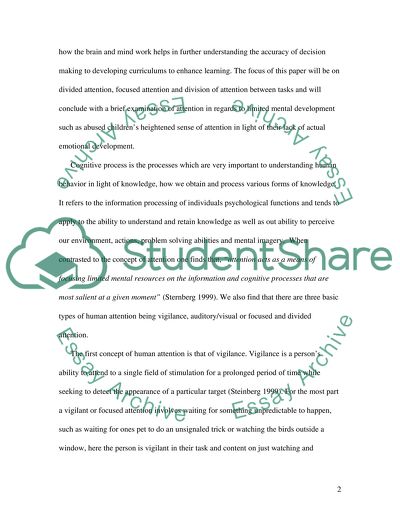Cite this document
(“Cognitive Psychology Essay Example | Topics and Well Written Essays - 2000 words”, n.d.)
Cognitive Psychology Essay Example | Topics and Well Written Essays - 2000 words. Retrieved from https://studentshare.org/psychology/1516288-cognitive-psychology
Cognitive Psychology Essay Example | Topics and Well Written Essays - 2000 words. Retrieved from https://studentshare.org/psychology/1516288-cognitive-psychology
(Cognitive Psychology Essay Example | Topics and Well Written Essays - 2000 Words)
Cognitive Psychology Essay Example | Topics and Well Written Essays - 2000 Words. https://studentshare.org/psychology/1516288-cognitive-psychology.
Cognitive Psychology Essay Example | Topics and Well Written Essays - 2000 Words. https://studentshare.org/psychology/1516288-cognitive-psychology.
“Cognitive Psychology Essay Example | Topics and Well Written Essays - 2000 Words”, n.d. https://studentshare.org/psychology/1516288-cognitive-psychology.


